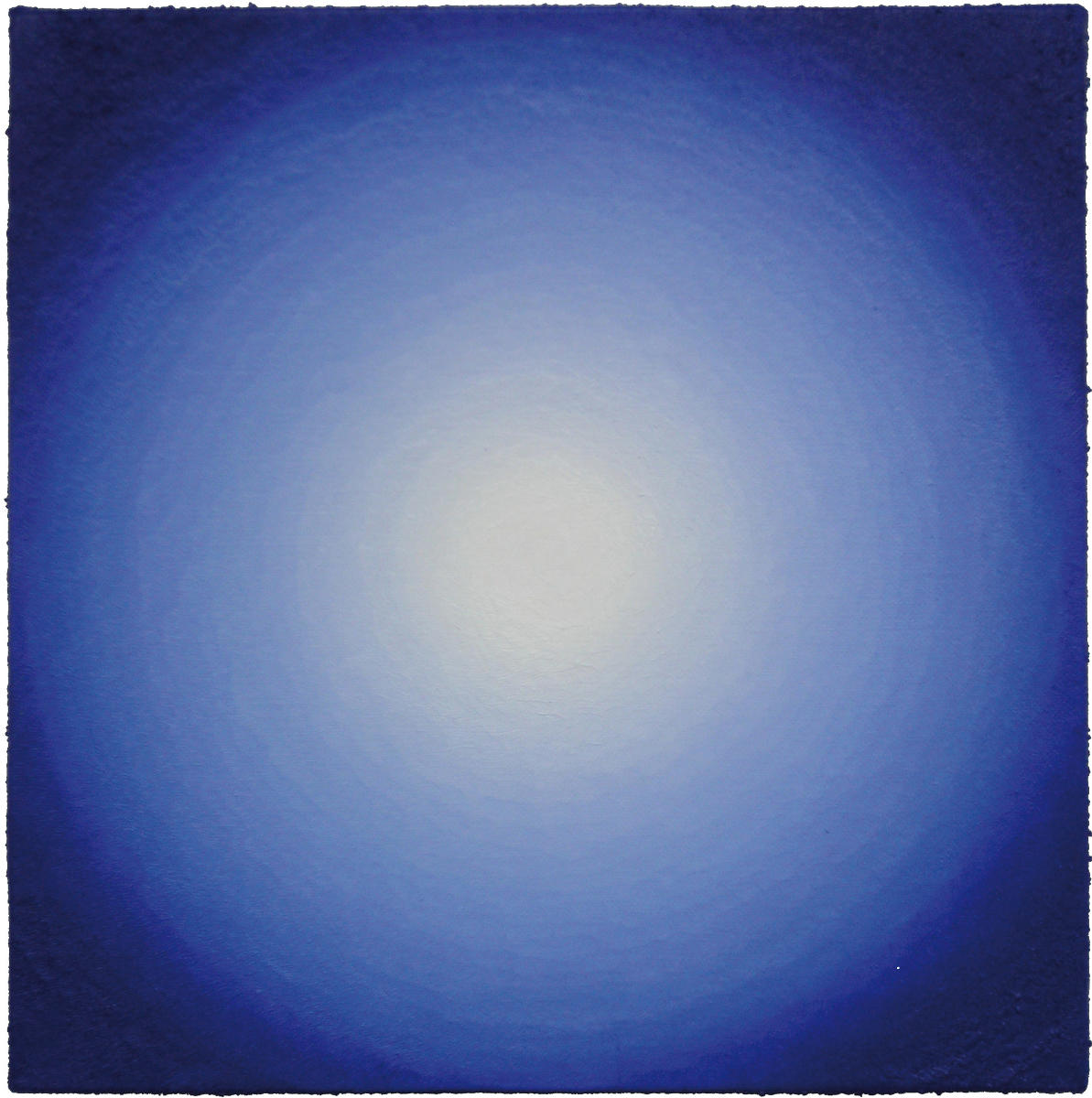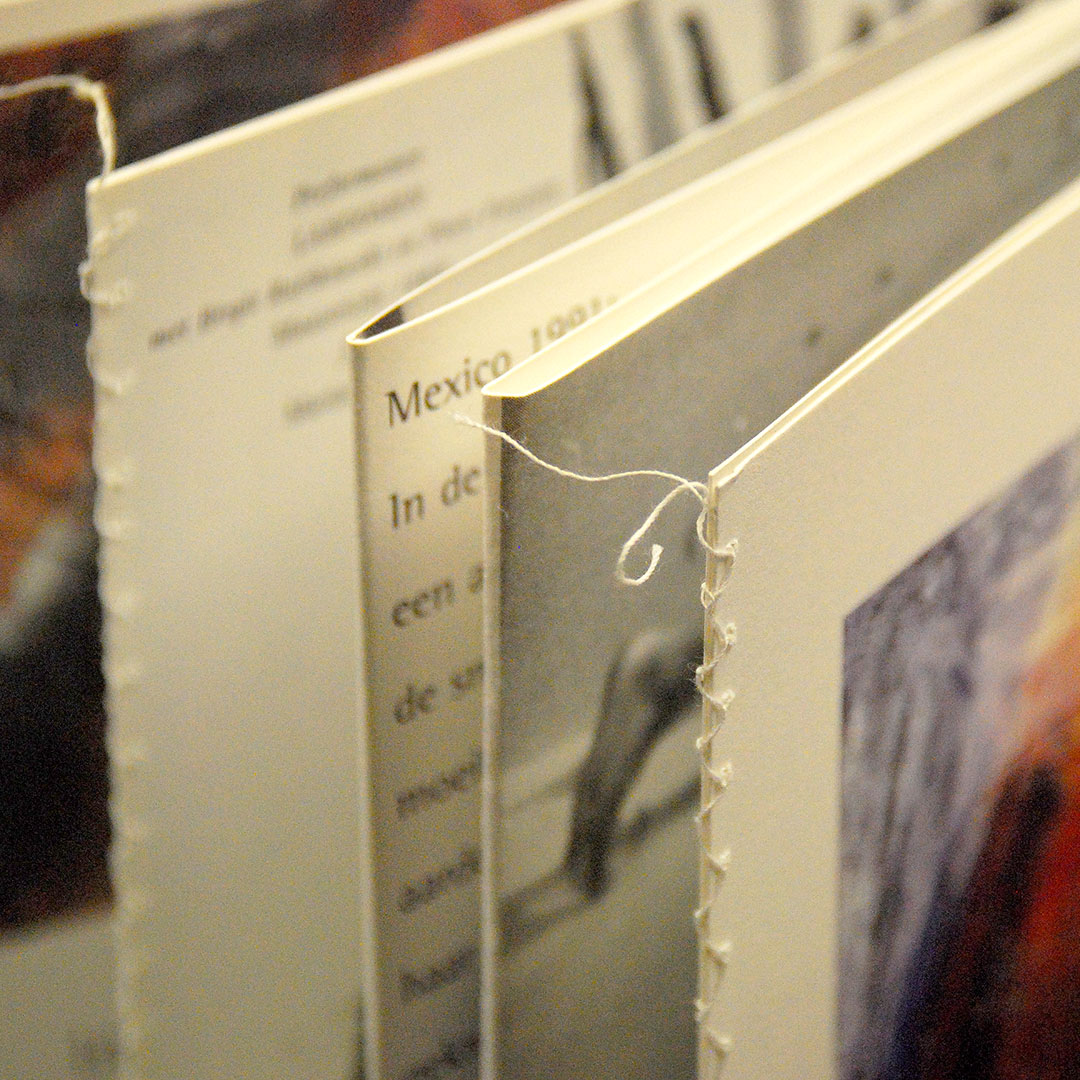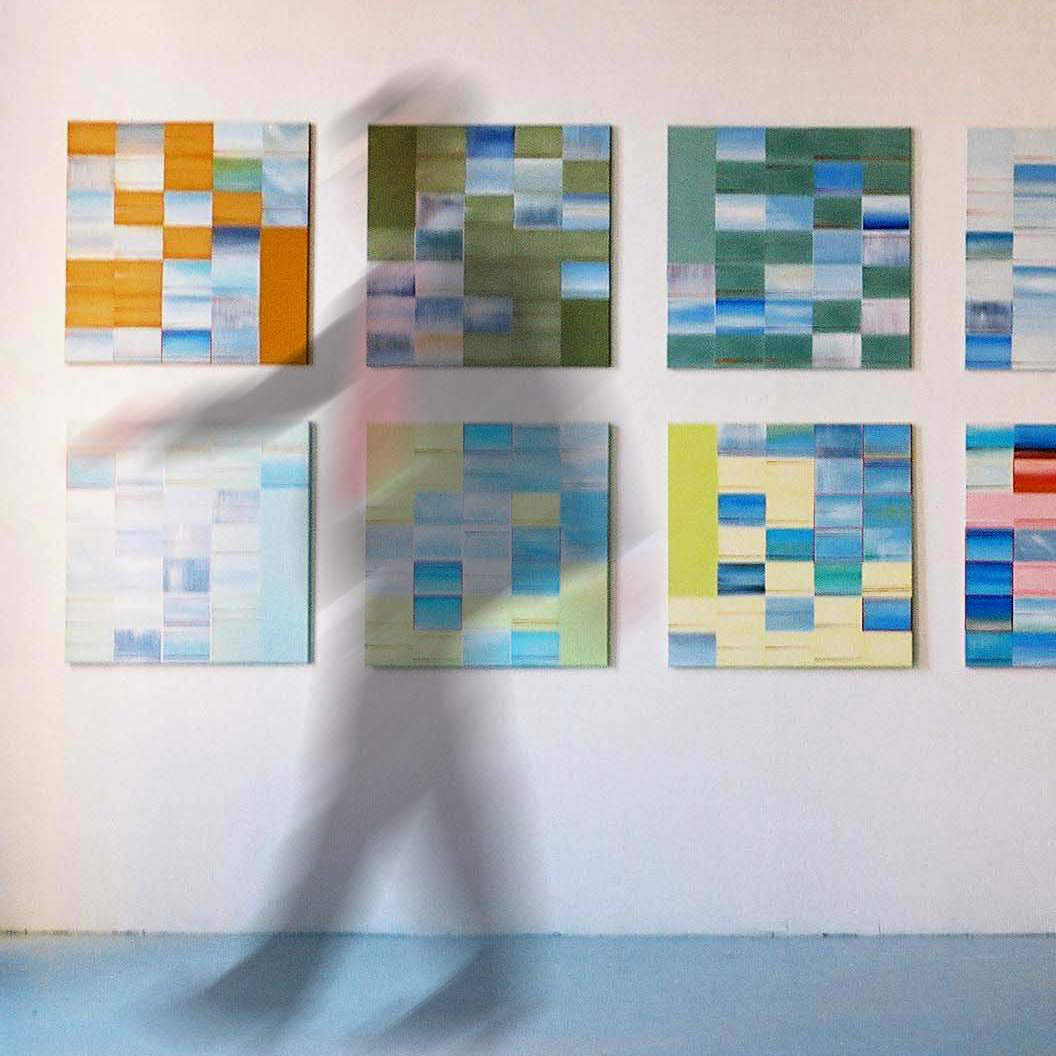-
Ans Swart
Visual Artist and Thangka-Painter
-
Ans Swart
Visual Artist and Thangka-Painter
-
Ans Swart
Visual Artist and Thangka-Painter
-
Ans Swart
Visual Artist and Thangka-Painter
-
Ans Swart
Visual Artist and Thangka-Painter
-
Ans Swart
Visual Artist and Thangka-Painter
NEW WEBSITE IS COMING SOON!
Ans Swart
It took me a detour and a long time to realise my childhood wish - to make painting my profession. I went to the art academy in Arnhem when I was 30. That year I also became enamoured by dance: I was fascinated by movement and wanted to integrate it into my paintings. After finishing at the academy I wanted to work with “e-motion” - movements and gestures inspired by emotions. It was during the same year that I looked for a Yoga class and came into contact with the drawing and painting classes of Harish Yohari. With him, I made my first sacred art - Kali in a Yantra. I also developed performances and workshops, working with movements of the body in order to produce paint strokes and colours while incorporating sounds with the voice.
After an exciting period in Berlin, I moved to Amsterdam. There I looked for dance classes and found an announcement saying “Dancing with the Dakinis” - in these classes, led by Stoffelina Verdonk, I learned more about integrating body, speech and mind, as Stoffelina called it. Together we did a performance about the dead and went to Finland where she gave a workshop. Fantastic! In the meanwhile I discovered that Stoffelina was doing something secretly... which turned out to be the practises transmitted by Chögyal Namkhai Norbu. After my first introduction, with a very cosy group of practitioners in Amsterdam I went for the first time to Merigar at the end of 1991. I really had to study the Teachings in order to understand them, but the most practical and attractive thing for me was that there was a meditative Vajra Dance. We painted a very strong and heavy Mandala, which still exists, and learned the first steps of the Vajra Dance with Stoffelina.
From the son of my aunt, who was a Geshe in the Gelugpa order, I learned how to draw a Buddha’s head which led me to taking courses with Andy Weber in the Netherlands in 1994. In the following years I painted White and Green Taras, and Mandarava. Over the following 15 years I combined Dharma art with my free artwork.
In 1999, inspired by the practises of Chögyal Namkhai Norbu, I painted the Purification of Six Lokas on large panels (donated to Dzamling Gar in Tenerife). In this purification practice, the disturbing emotions and ignorance are transcended into wisdoms. In this way I arrived at the idea of finding the complementary colours specific to each Loka. In the middle of the panel the two colours mix and produce a certain shade of grey. When the panels are seen together, a horizon in grey is formed; I call it “equanimity”. With these colours and symbols I produced many more variations in smaller works on canvas. More paintings produced since then were inspired by the Teachings.
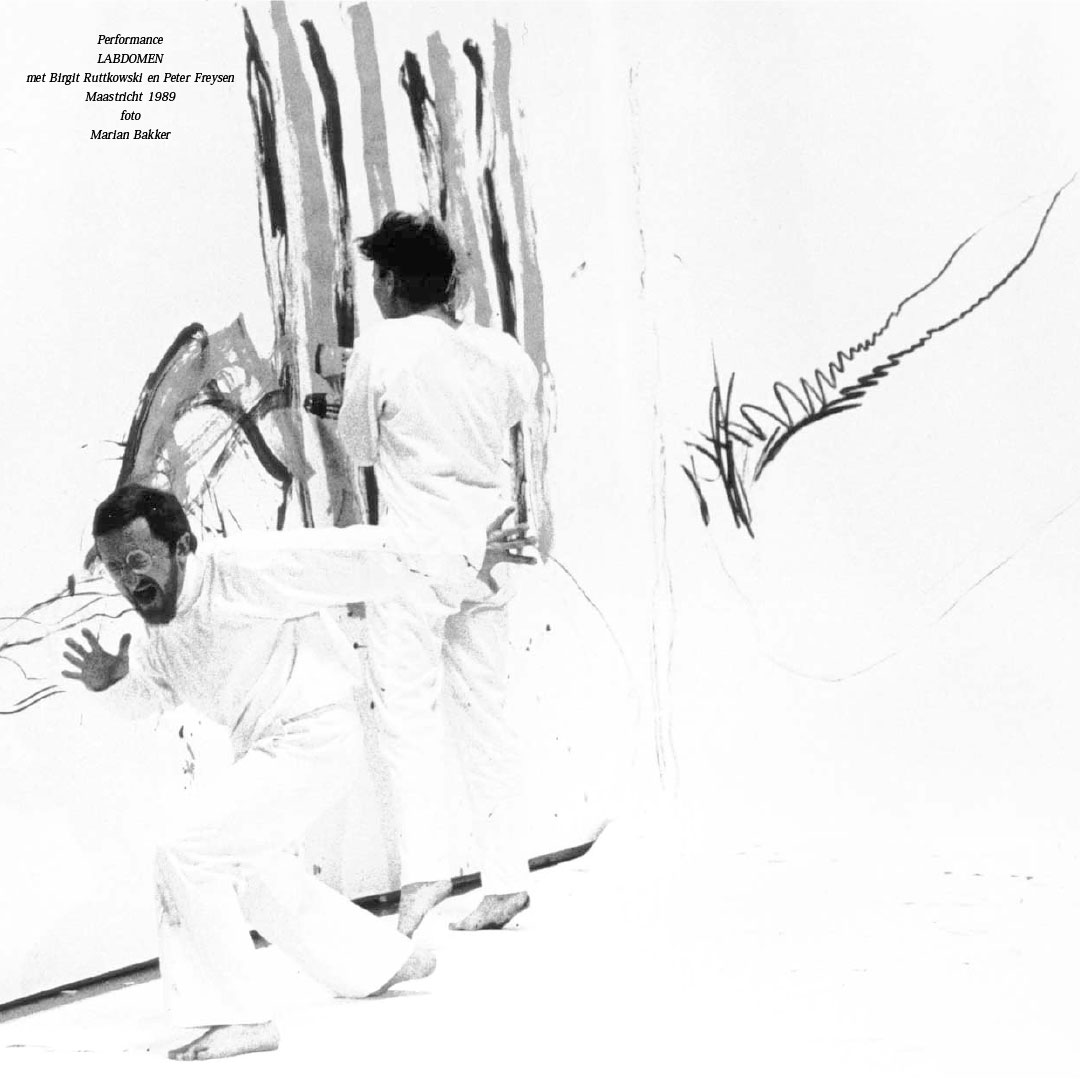
PERFORMANCE »Lambdoma«
Creatief Centrum Maastricht 1988
With Peter Freysen - actor and singer, and Birgit Ruttkowsky (D) – movement-artist.
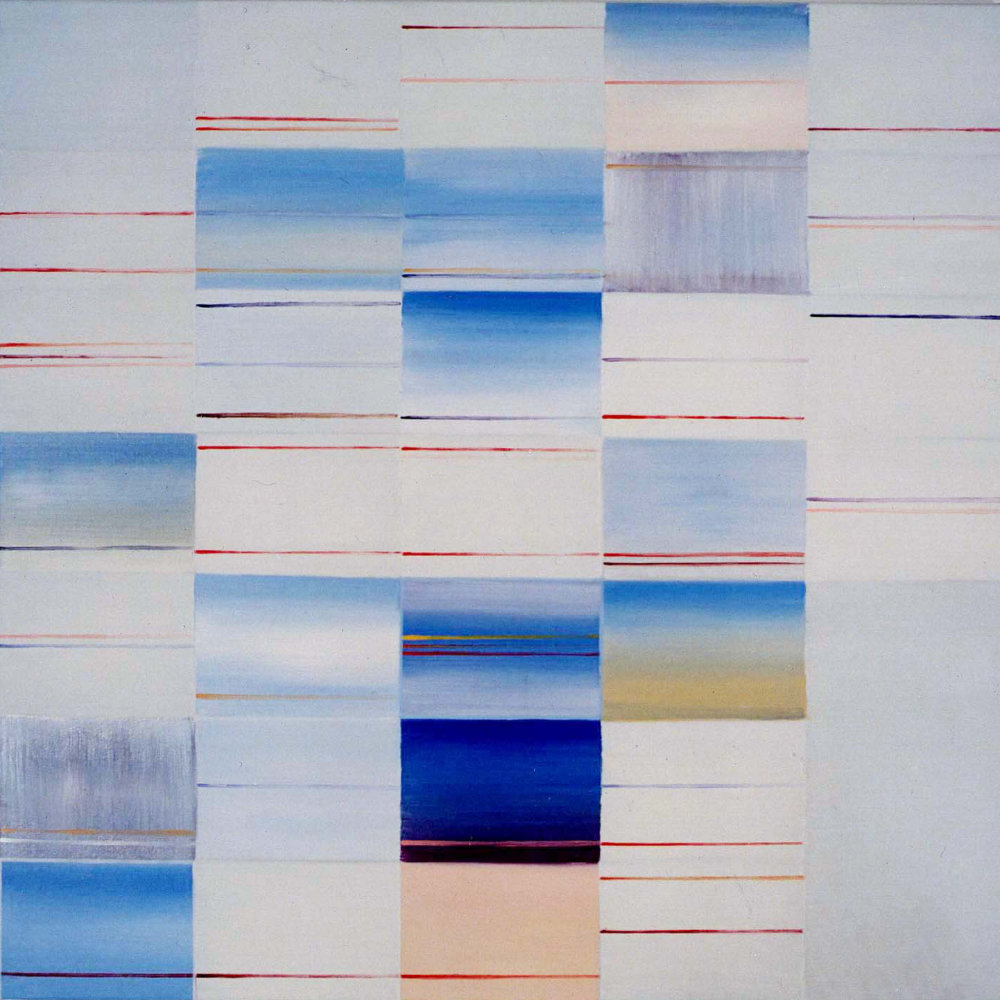
Weather/Again is my mother (Weer Is Mijn Moeder)
Paintings inspired by a legacy - the diaries left by my mother.

Simhamukha, 530 x 350 mm
Ans Swart with her Thangka »Simhamukha« in her Atelier on Tenerife
Interview by dzamlinggar.net
Ans Swart
It took me a detour and a long time to realise my childhood wish - to make painting my profession. I went to the art academy in Arnhem when I was 30. That year I also became enamoured by dance: I was fascinated by movement and wanted to integrate it into my paintings. After finishing at the academy I wanted to work with “e-motion” - movements and gestures inspired by emotions. It was during the same year that I looked for a Yoga class and came into contact with the drawing and painting classes of Harish Yohari. With him, I made my first sacred art - Kali in a Yantra. I also developed performances and workshops, working with movements of the body in order to produce paint strokes and colours while incorporating sounds with the voice.
After an exciting period in Berlin, I moved to Amsterdam. There I looked for dance classes and found an announcement saying “Dancing with the Dakinis” - in these classes, led by Stoffelina Verdonk, I learned more about integrating body, speech and mind, as Stoffelina called it. Together we did a performance about the dead and went to Finland where she gave a workshop. Fantastic! In the meanwhile I discovered that Stoffelina was doing something secretly... which turned out to be the practises transmitted by Chögyal Namkhai Norbu. After my first introduction, with a very cosy group of practitioners in Amsterdam I went for the first time to Merigar at the end of 1991. I really had to study the Teachings in order to understand them, but the most practical and attractive thing for me was that there was a meditative Vajra Dance. We painted a very strong and heavy Mandala, which still exists, and learned the first steps of the Vajra Dance with Stoffelina.
From the son of my aunt, who was a Geshe in the Gelugpa order, I learned how to draw a Buddha’s head which led me to taking courses with Andy Weber in the Netherlands in 1994. In the following years I painted White and Green Taras, and Mandarava. Over the following 15 years I combined Dharma art with my free artwork.
In 1999, inspired by the practises of Chögyal Namkhai Norbu, I painted the Purification of Six Lokas on large panels (donated to Dzamling Gar in Tenerife). In this purification practice, the disturbing emotions and ignorance are transcended into wisdoms. In this way I arrived at the idea of finding the complementary colours specific to each Loka. In the middle of the panel the two colours mix and produce a certain shade of grey. When the panels are seen together, a horizon in grey is formed; I call it “equanimity”. With these colours and symbols I produced many more variations in smaller works on canvas. More paintings produced since then were inspired by the Teachings.
-

T R A N S F O R M A T I O N
In any case Ans Swart has added her own vision and interpretation. The starting point of this ritual is visualization. Six disturbing passions or emotions - and the matching worlds (lokas) - are symbolized through particular colours situated in the different chakras. The ritual purifies each colour in turn. Instead of being eliminated the negative emotion (such as pride, jealousy, anger or attachment) is transformed into related wisdom. As a painter Ans saw a challenge.
Dr. Dorothea Franck at Ans Swart’s exhibition in the Waag in Haarlem, 8 Oct. 2000 -

About Tiglé’s
Tiglé’s also represent the natural movement of the formless world &, in Tibetan practice, are used as methods of liberation. In my work, the tigle can be considered an extension of my studies w. the Tibetan Ati Yoga teacher, Namkhai Norbu Rinpoche, or simply as a circular depiction of colour & rays.
Louise Levi about Tigle’s -

Text from an spectator
Consciousness is everywhere, but the one phenomenon is more accessible, more resonant, or more inspiring than the other. »Beauty is in the eye of the beholder«, and for these qualities is this also true: that for which my eyes open, that which they want to see, that works for me.
Daan van Ophuysen, 9 Oktober 2000
Ans Swart
Visual Artist, Thangka-Painter
Amsterdam / Tenerife
EARLY WORKS
🔴 Sold Pictures are marked with a red Button.
